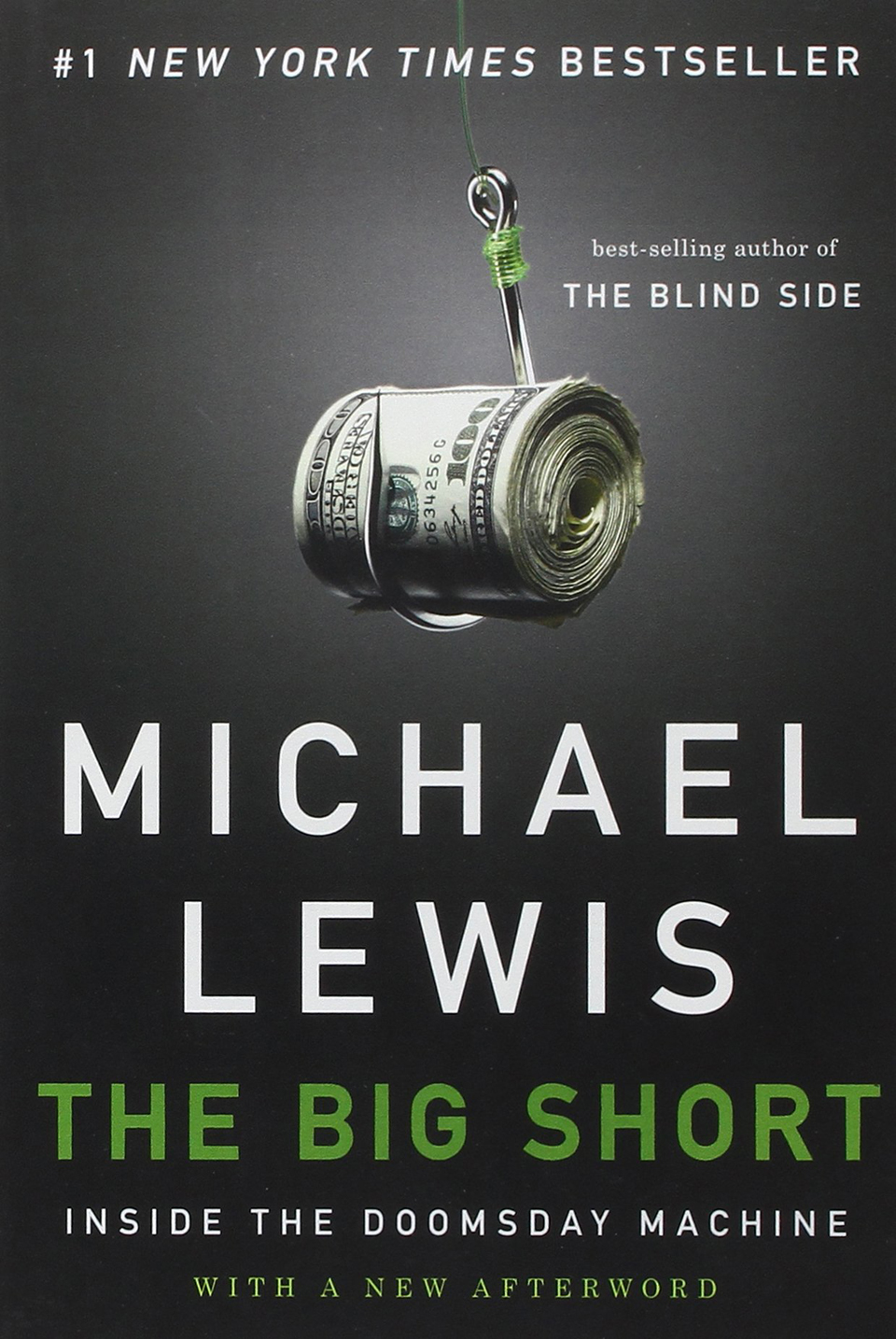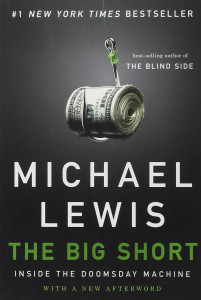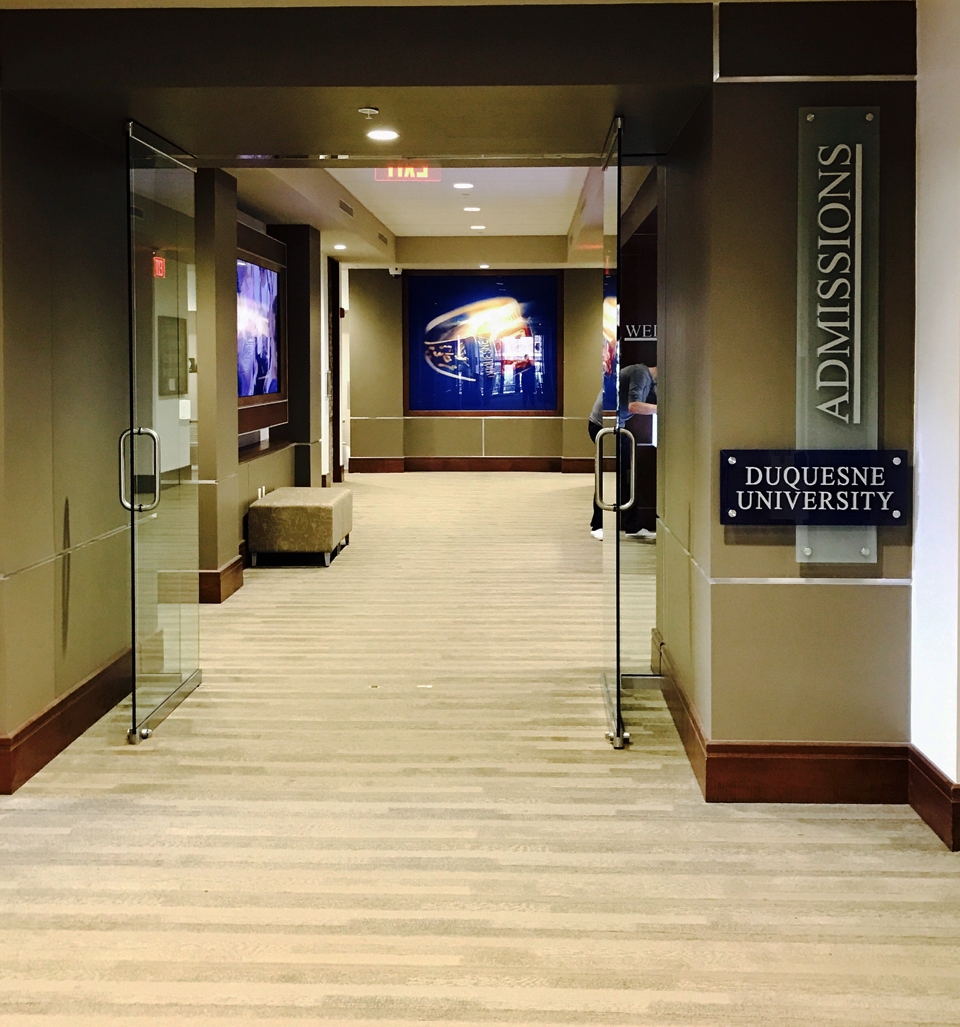
By Kaye Burnet | news editor

Originally released in 2010, “The Big Short” hit the silver screen recently, starring Brad Pitt and Steve Carell.
Credit default swaps. Collateralized debt obligation. Subprime mortgage-backed securities. A quick flip through the pages of Michael Lewis’ “The Big Short” displays a mess of Wall Street mumbo-jumbo that might scare the faint-of-heart reader away. However, a closer look reveals a gripping, well-told nonfiction story about the seedy underbelly of the financial world and the group of men who foresaw the worst financial crisis the United States has seen since the Great Depression – the 2008 subprime mortgage meltdown.
As a feature film based on the novel finishes its run in theaters, starring big names such as Brad Pitt, Steve Carell and Christian Bale, it becomes timely to re-examine the 2010 book that Washington Post critic Steven Pearlstein called “the most comprehensive or authoritative analysis of all the misdeeds and misjudgments and missed signals that led to the biggest credit bubble the world has known.”
“The Big Short” follows the careers of several eccentric men who recognized the dangers of the way large banks were loaning mortgage money to individuals who could not afford to pay it back. In a market that was increasingly enthusiastic about making these risky loans, only a handful of people predicted the catastrophe that could result: Steve Eisman, an outspoken hedge fund manager; Gregg Lipman, a bond trader for Deutsche Bank; Michael Burry, a physician-turned-financier; and Charlie Ledley, Jamie Mai and Ben Hockett, the three young founders of the suddenly-successful hedge fund Cornwall Capital.
From anxiety disorders, to greed, to just plain inexperience, these unlikely prophets of doom had their share of flaws. However, it was these flaws that allowed them to see what no one else seemed to see – that banks were using intimidation, influence, dishonesty, confusion and fear to continue a cycle of buying and selling loans that were destined to go bad.
The title “The Big Short” is a reference to a type of investment strategy – when an investor expects a stock or bond to drop in price in the near future, he can bet against it, called “shorting the market.” The protagonists of Lewis’ story all bet against the market for subprime mortgage bonds, at a time when the rest of the financial world was betting for them.
Lewis makes the incredibly complex world of Wall Street seem simple and straightforward. He untwists the deliberately confusing terminology of an industry built on misdirection, and characterizes the CEOs and CFOs of major financial institutions as ignorant of their own businesses. Through carefully recorded and double-checked interviews, he reveals the employees of several ratings agencies and hedge funds to be blindly trusting or intentionally unaware of the potential consequences of their actions.
If there is a flaw in Lewis’ writing, it’s his generalizations. He does not pretend to tell all the sides of the events leading to the 2008 crash. He is writing about the underdogs, and has no hesitations about casting institutional bigwigs as villains. In “The Big Short,” Lewis writes that all the typical Wall Street insiders are either “liars or morons, and possibly both.”
Lewis is harshly critical of the way the federal government failed to reign in an out-of-control Wall Street before the crash, and expresses his disappointment with the Obama administration’s complete bailout of the banks who caused the meltdown.
“What are the odds that people will make smart decisions about money if they don’t need to make smart decisions—if they can get rich making dumb decisions?” Lewis asks at the end of his book.
“The Big Short” is a long read. It’s definitely not something to pick up causally and read at the beach. It’s nuanced and exciting and engaging, and will leave readers filled with a sense of accomplishment and righteous anger, and a desire to pay more attention to the mysterious world of finance. Because, after all, as Lewis writes: “That was the problem with money: What people did with it had consequences, but they were so remote from the original action that the mind never connected the one with the other.”


